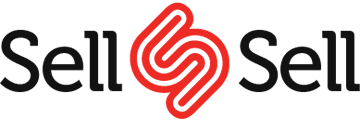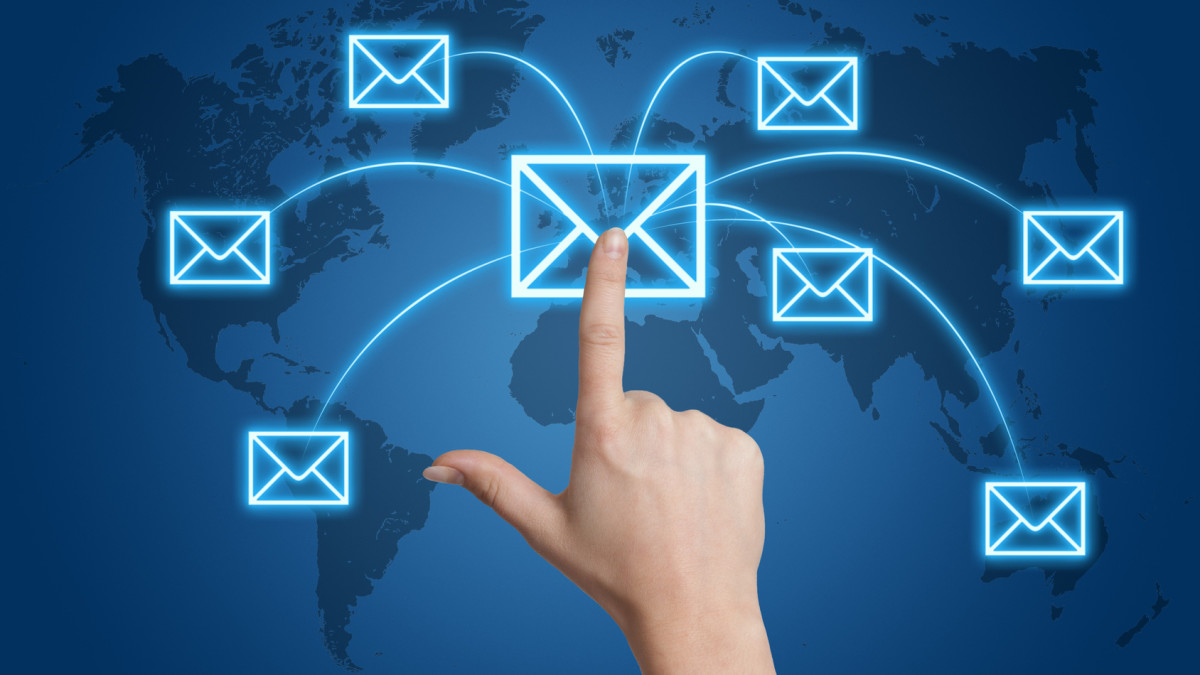Email marketing is one of the most powerful, sales-driving tools available to eCommerce companies, reaching consumers directly on their mobile smartphones, tablets, laptops, and desktop computers.
Not every email message, however, is equally effective. Some of the most impactful emails are ones that (a) are initiated when a customer or prospect takes an action or exhibits some behavior, and (b) are part of a series or chain of emails that seek to engage shoppers over time.
What follows are six eCommerce email marketing strategies that can be launched in response to shopper behavior and used as a series to increase engagement. Some of these eCommerce email campaigns will require a bit of planning and follow up.
1. Welcome Series
In an article about email welcome series best practices, Cynthia Price, director of marketing for Emma, the email service provider, wrote that “triggered email messages average 70.5 percent higher open rates and 152 percent higher click-through rates than traditional bulk messages.”
Email recipients are more likely to interact with emails they were expecting, and when a shopper first registers for your email, that shopper is probably expecting a confirmation.
A good welcome series will often include three email messages.
The first message is a subscription confirmation. It should (a) confirm that the user has registered for the email service, (b) reiterate the benefits the recipient will receive with the message, and (c) give the subscriber an opportunity to confirm the opt in.
The second message in the series could include a thank you for double opting and some information about the store’s privacy policy. It may also make sense to give the shopper the opportunity to create an account for maintaining list and segment preferences and setting up order preferences.
The third message in a welcome series might be a coupon. This coupon will be an early demonstration of the value of receiving marketing emails, and should represent a significant discount or reward.
Recipients should only receive the next email in the series after they have completed some action from the preceding email.
Finally, consider what you want to communicate to new subscribers, what actions you would like new subscribers to take, and how you will determine if your new welcome series is successful.
2. Abandoned Cart Series
A cart abandonment email marketing series is initiated when a known customer loads items into an eCommerce shopping cart, but fails to complete the purchase process.
The aim of the series is to encourage the shopper to return to the cart of make a purchase. And often these series should include one or two messages depending on how the customer responds to the first message.
The first is the “we’re still holding your items for you” message. The point of this email is to inform the shopper that as a courtesy your business still has these items reserved for the shopper. In this message, include images of the items from the cart, a cart total, and any special offers or discounts.
This first email in the series should also include a two-pronged call to action. Give the shopper a large clear link or button offering to return them to the shopping cart, and an option to “clear out” the cart returning the items to inventory so that others may purchase them.
The first email in the series should be sent within 24 hours of when the cart was first abandoned.
The second email in the series is optional. If the shopper does not return to cart, send a final notice that the cart will be cleared out about 72 hours after the cart was abandoned. Some retailers may wish to offer a discount in this final message, but be careful not to train customers to abandon carts at checkout.
3. Follow-up ‘After the Sale’ Series
Transactional emails that convey information like order confirmations and shipping notifications should also be part of an email marketing series that might include as many as four or more emails.
- The order confirmation. This lets the shopper know that the order was properly placed, and can include links to related products — like batteries or accessories.
- The shipping notification. Informs the shopper when a product has shipped, offers an estimated delivery time, and includes tracking numbers and links. This email might also promote additional products, a subscription to future email marketing messages, or links to useful content.
- The delivery notification. Tells the shopper that the carrier has successfully delivered the order. This message can be a good time to ask the shopper to review the product ordered.
- The follow-up message. This email comes a week or so after the order has been delivered, and has three purposes: (a) giving the customer an opportunity to express concerns or report problems; (b) encourage a product review; and (c) offer a discount or incentive for making a follow up purchase.

4. ‘We Miss You’ Series
Sometimes called a re-engagement or win-back campaign, a “we miss you” email series is intended restart a relationships with shoppers who have stopped opening email marketing messages or have not made a purchase in a long time.
Generally, consider two or three emails in this series. The first of these simply encourages the recipient to open an email and engage with the site.
Example subject lines could be “We miss you,” “A lot has happened,” or even “Did we do something wrong?”
The next email in the series should only be sent if the first email is opened, but no action is taken. This email might include a special coupon that offers free shipping, a free item, or a significant discount for re-engaging.
The final email in the series is sent if the shopper either does not open any of the emails or opens them without taking action. This final email lets shoppers know they may be removed from the mailing list.
5. Useful Information Series
Business-to-business marketers will often use a “useful information” email series to engage potential customers.
As an example, imagine an email service provider that offers a “Email Marketing Bootcamp” campaign that sends recipients seven daily email messages that each offer a tip or lesson about email marketing.
Borrowing this sort of approach, ecommerce marketers can offer a series that provides customers with useful information. An example might be an online retailer that sells golf equipment, offering an email series about improving your swing in five lessons. Or what about a yarn retailer offering a “Kitting Bootcamp” email marketing series.
6. Anniversary of Purchase Series
Important anniversaries or even three or six month milestones can kick off an email marketing series.
Examples of this include sending a customer a special coupon one year after that customer made her first purchase on your site, or sending customers similar coupons on their birthdays.


